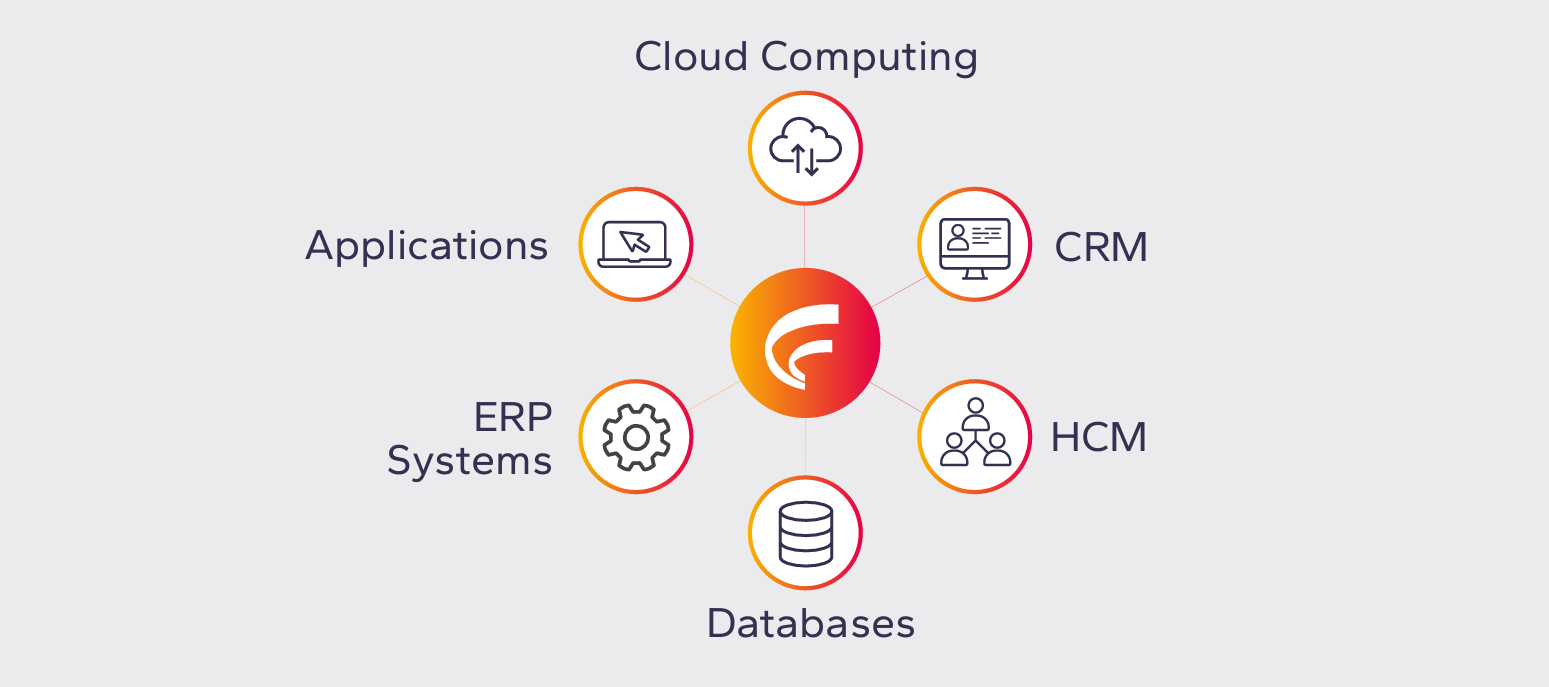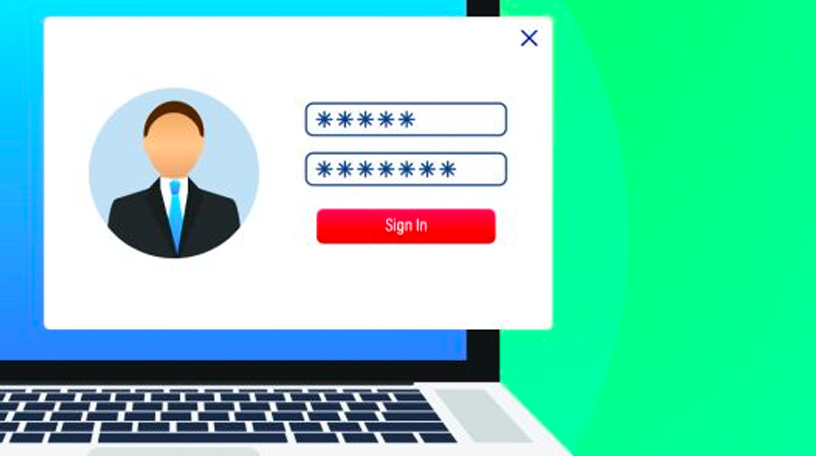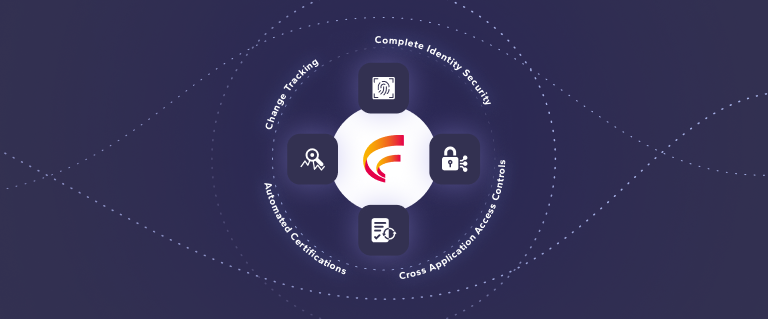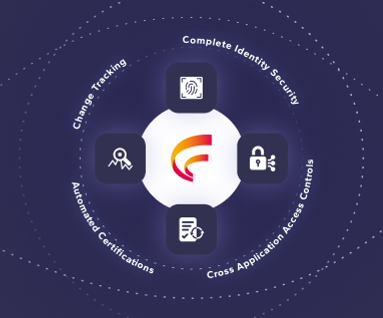Why Your Company Needs a Digital Employee Directory
By Fastpath
11/14/2022
4min read

More and more companies are using digital employee directories and finding them indispensable. So what is a digital employee directory and why should you consider implementing one for your company?
What is a digital employee directory?
In its simplest form, a digital employee directory is a central database of all the employees in your company with their contact details e.g. location, e-mail address, extension number and phone number. You can think of it as very much like an old-fashioned phone directory but in digital form. Taking the analogy one step further, employee directories can also feature detailed information on an individual employee’s expertise - e.g. their job title and skillset, so a bit like a trade directory, but in this instance you can search for expertise within your own organization.
Other features of a digital employee directory
Providing easy access to core employee information is why most companies look to introduce an employee directory to their business. However a good digital employee directory can provide so much more.
Organizational Charts - Many companies utilise employee directories which have the facility to show the organizational chart for the business and the reporting structure - in other words who reports to whom. So if you get an out of office response you can easily find who is the next best person to contact.
Enhanced Employee Details - Employee directories can be used as a hub to host additional data on employees via detailed employee profiles. Information such as employee hobbies, social media accounts, birthdays, work anniversaries and milestones can be made available to create personal touch points between colleagues.
Ability to Report on Employee Demographics - Having a central repository of employee data makes it easy to pull off reports on the gender split, ethnicity or age range within your workforce. This can be a big advantage if you work in a highly regulated environment.
Benefits of a digital employee directory
As well as the obvious administrative benefits of having a structured employee directory, there are other more subtle advantages that organizations have reported:
Enhanced Productivity - Meeting deadlines is a key concern in any organization for continued productivity, so it can be frustrating when a project can’t be completed due to needing someone with specific expertise. In large organizations it can be hard to know if this resource exists in-house, but with an employee directory you can search for a specific job title, skillset or department to narrow down your search.
Ease of onboarding - When starting in a new role, getting to know colleagues can be intimidating for employees, especially within a bigger team. An employee directory allows new hires to learn about their colleagues, helping them feel like an integrated member of the workforce from day one. This has real benefits for the business as it makes it easier and quicker for them to collaborate with their colleagues.
Stronger organizational culture - For many employees, having an understanding of where they are in the organization, along with the people that they are surrounded by, can be an important contributor to their feeling of identity and purpose. An employee directory can help an organization feel more personalized, social and connected which can result in a strengthened company culture.
Easier remote working - Modern hybrid working practises means that employees often work from office spaces, home, or in places other than HQ. An employee directory allows employees to stay connected with anyone within their company at any time, from anywhere.
Empowerment of the workforce - By providing easy access to phone numbers, job titles, and locations of colleagues, searchable employee directories gives secure access to workforce contact information. Many organizations find this makes communication and collaboration more streamlined, helping employees work better together.











 (515) 276-1779
(515) 276-1779  (515) 864-0318
(515) 864-0318  info@gofastpath.com
info@gofastpath.com